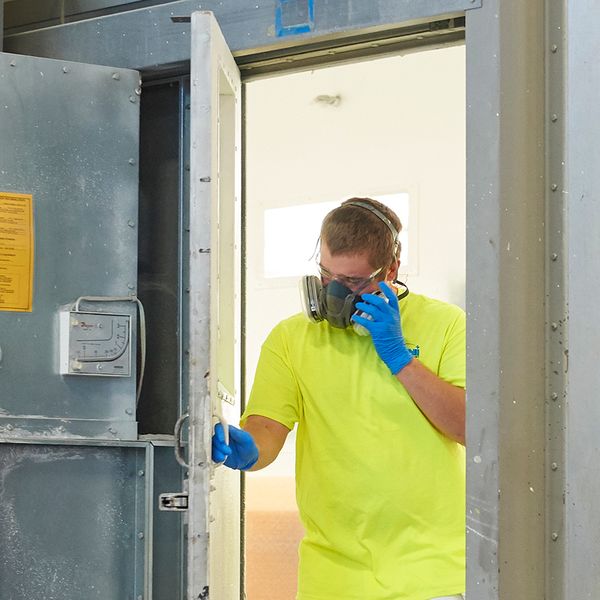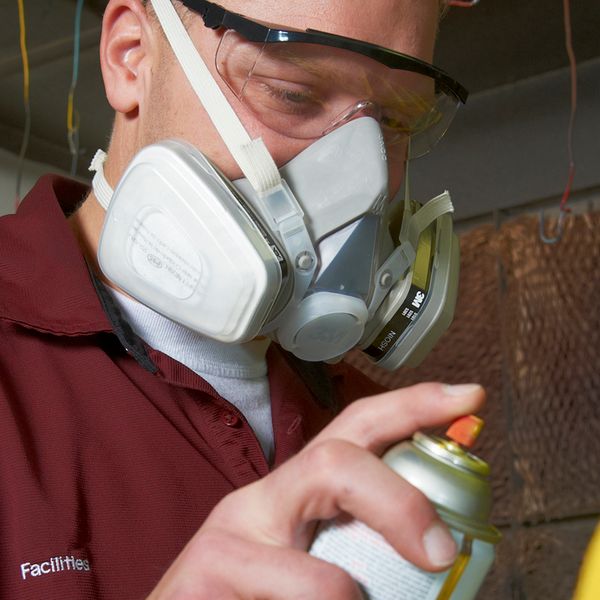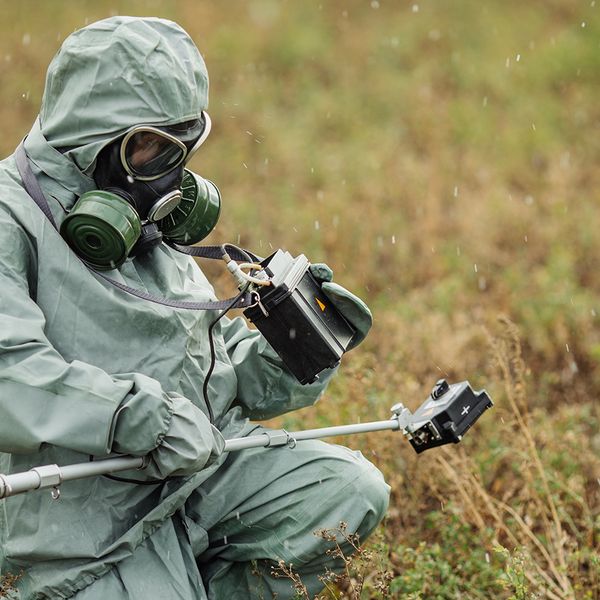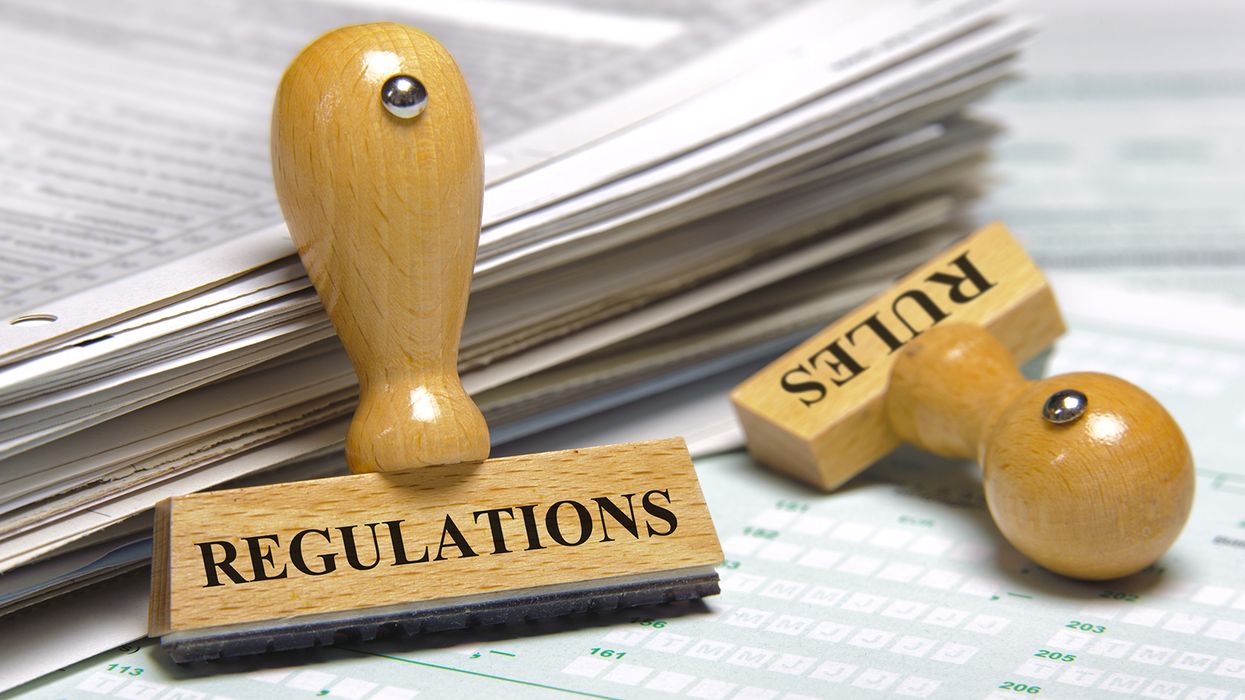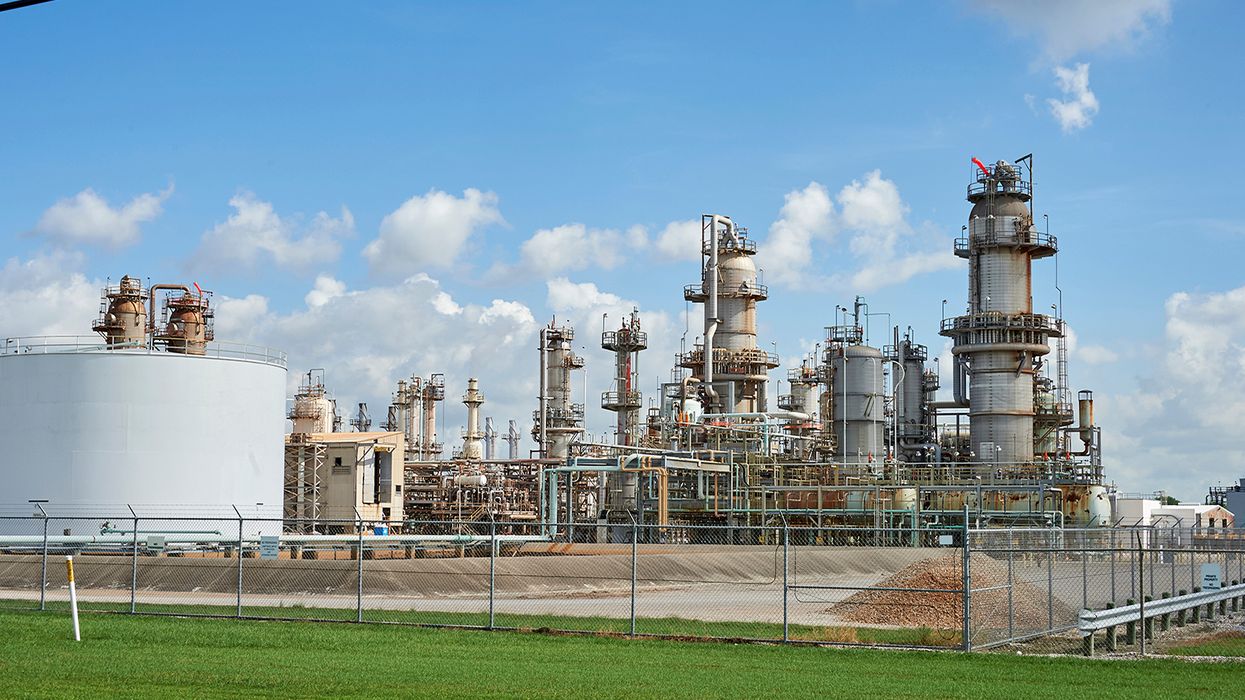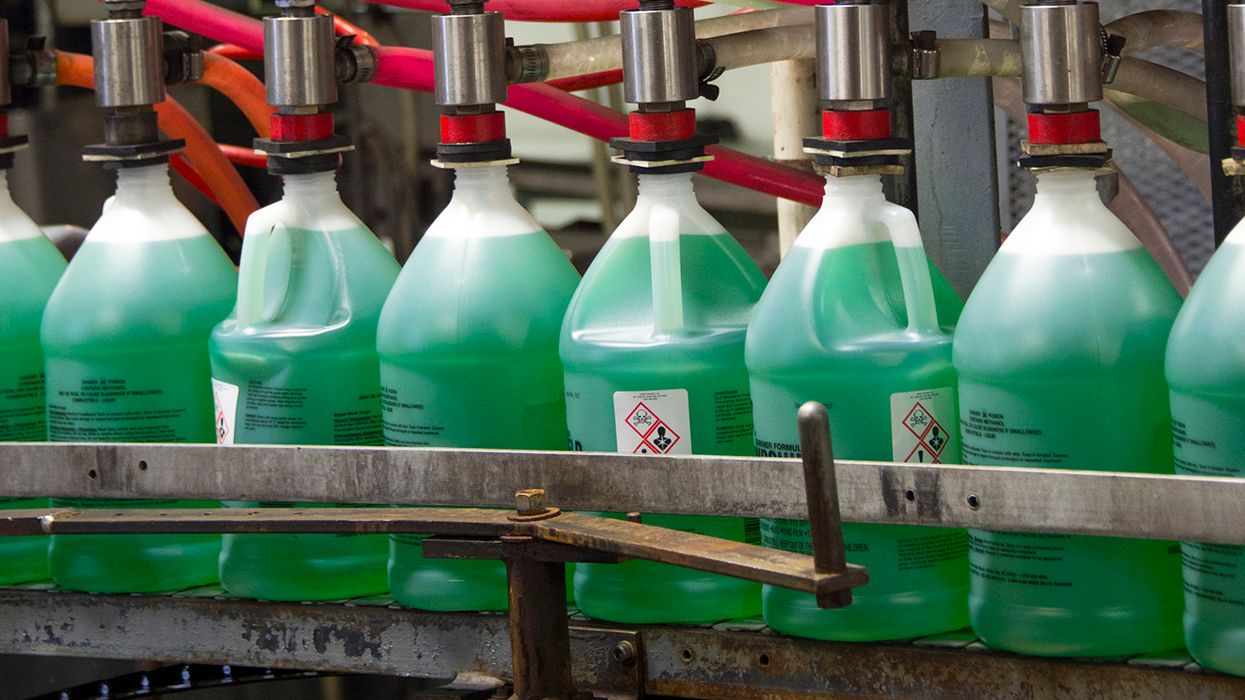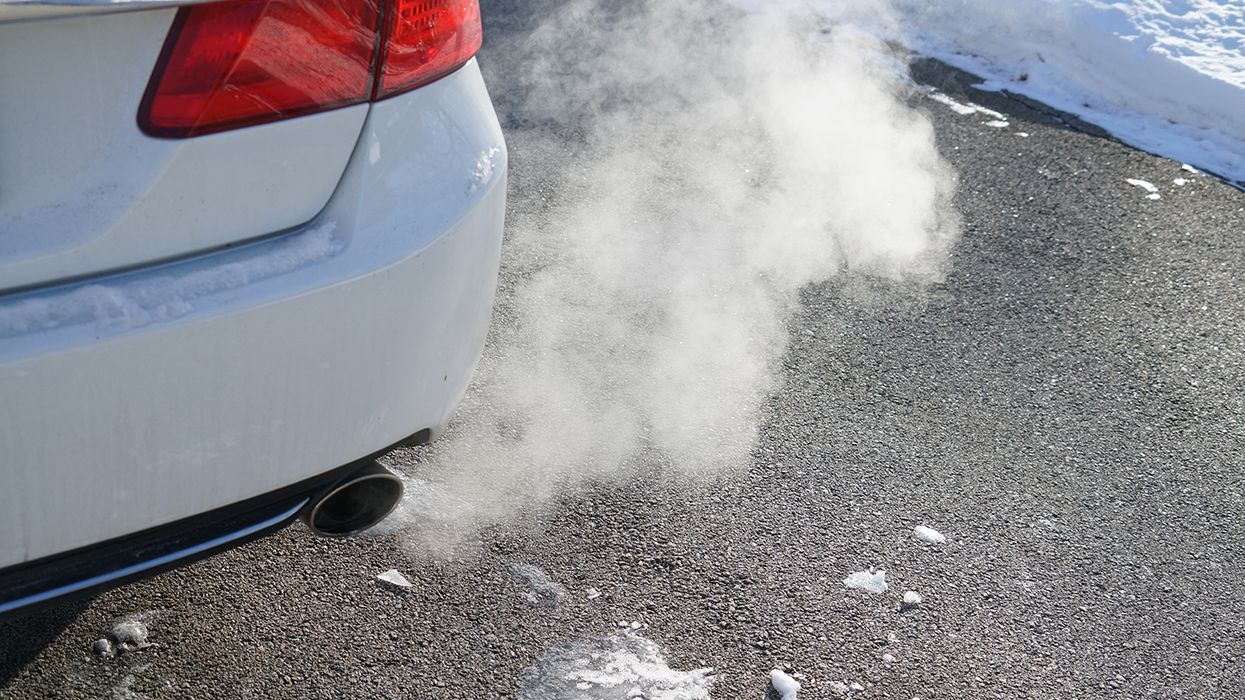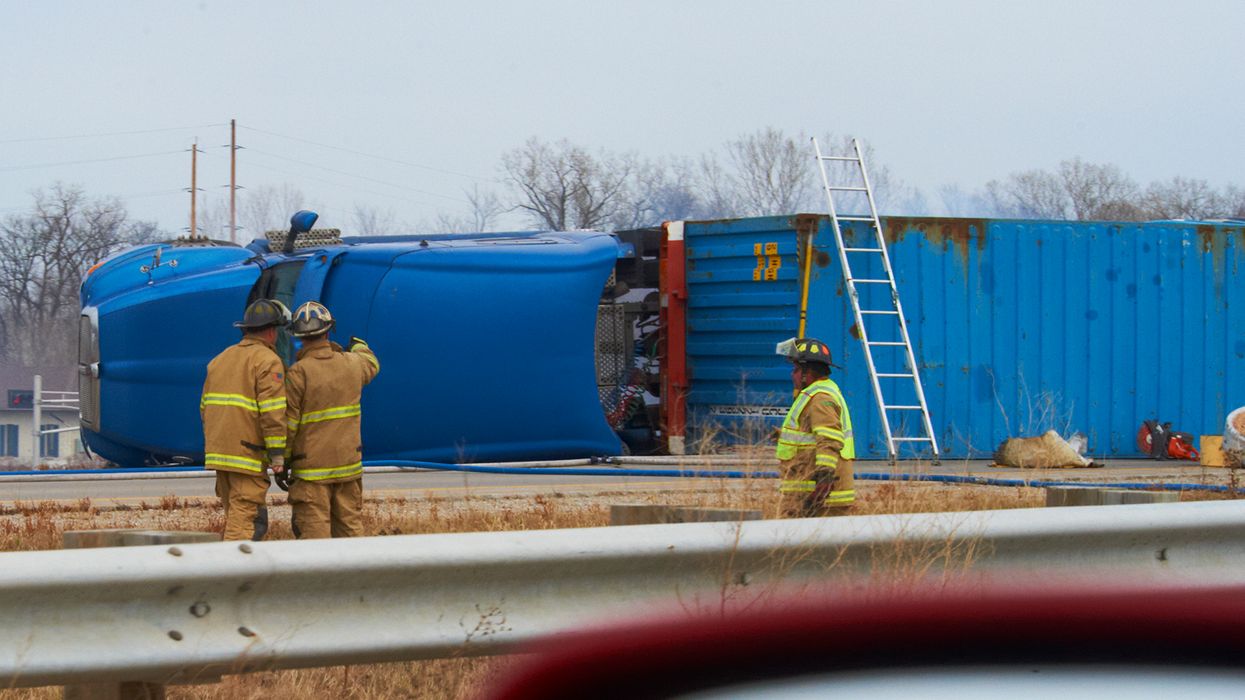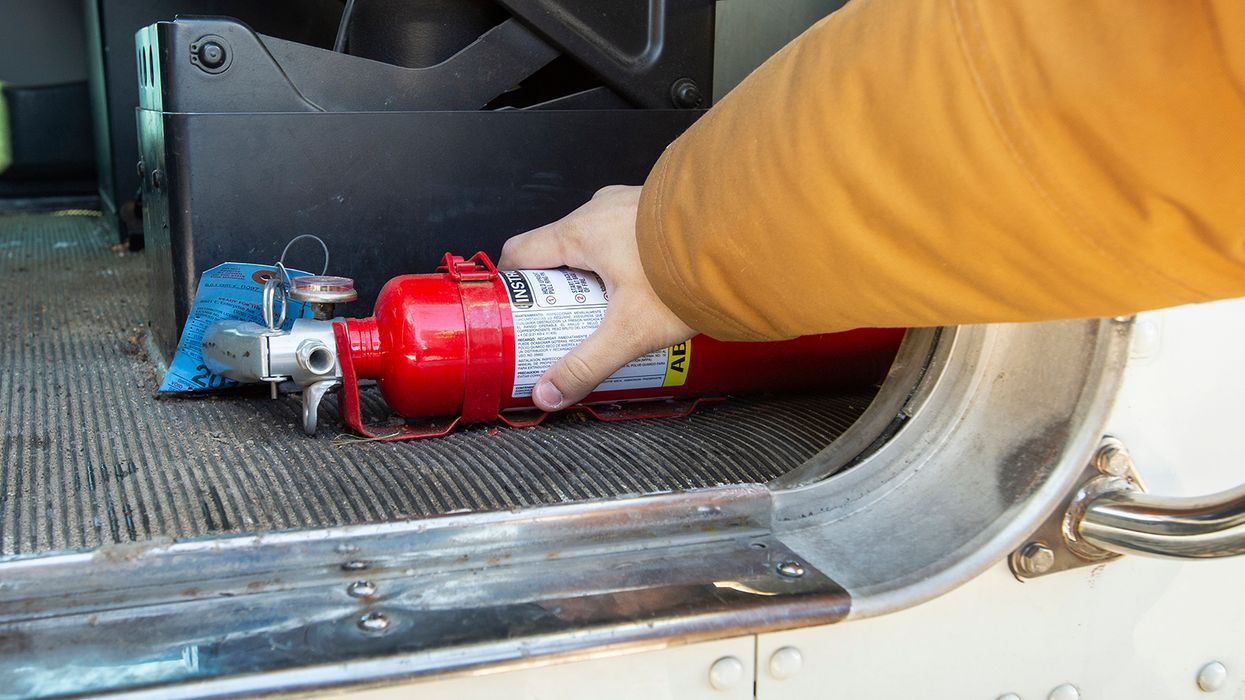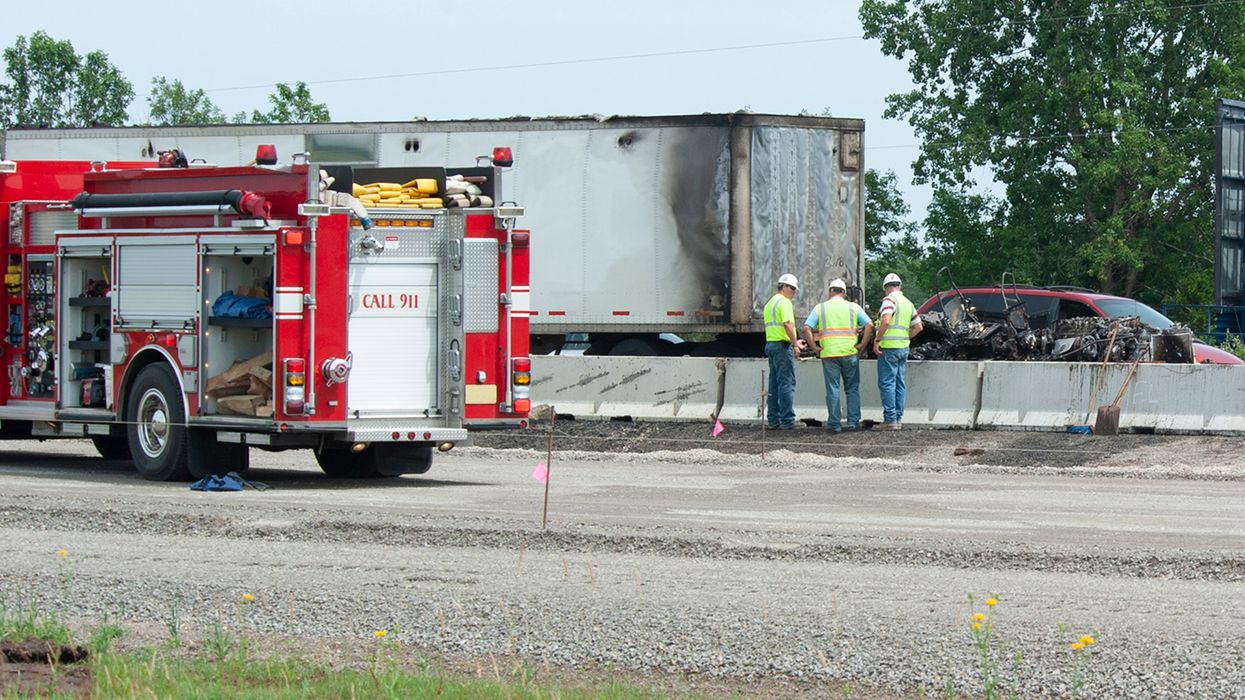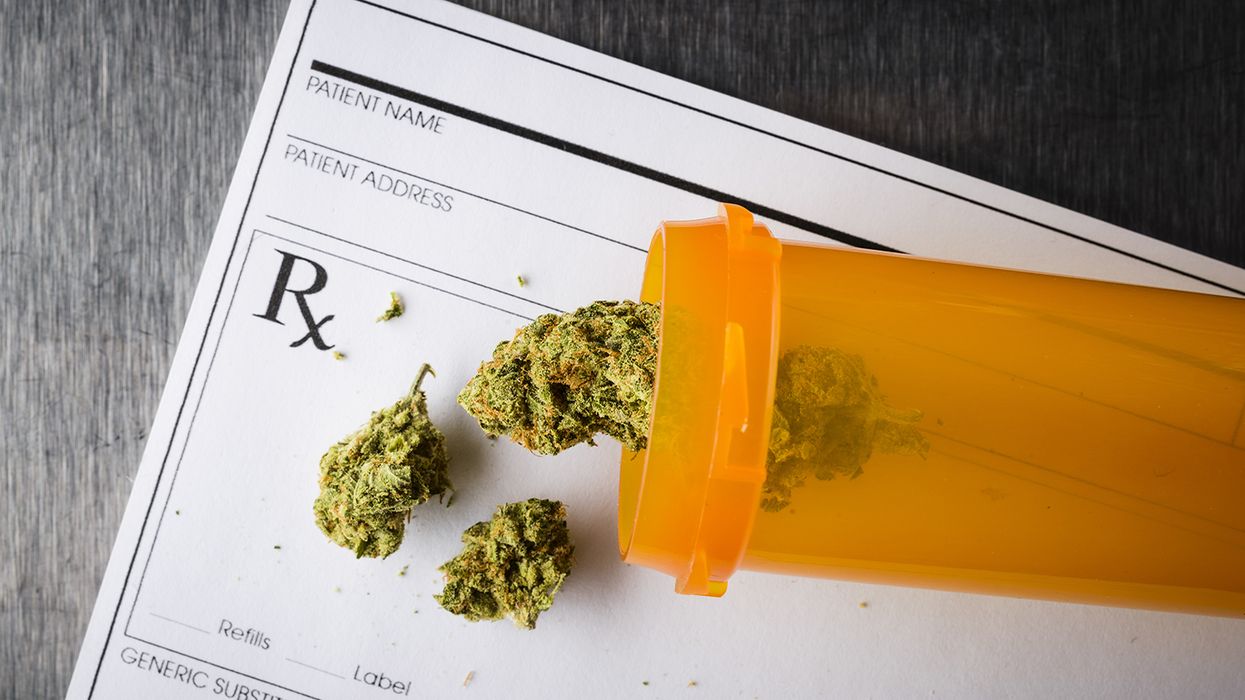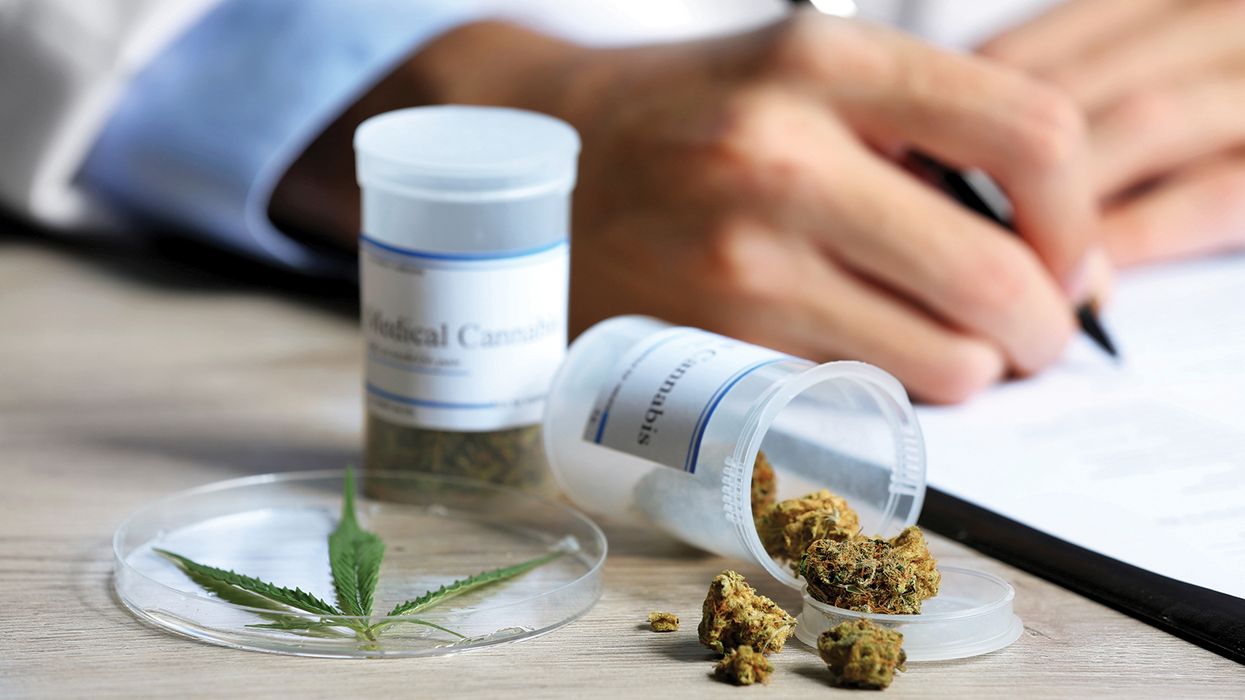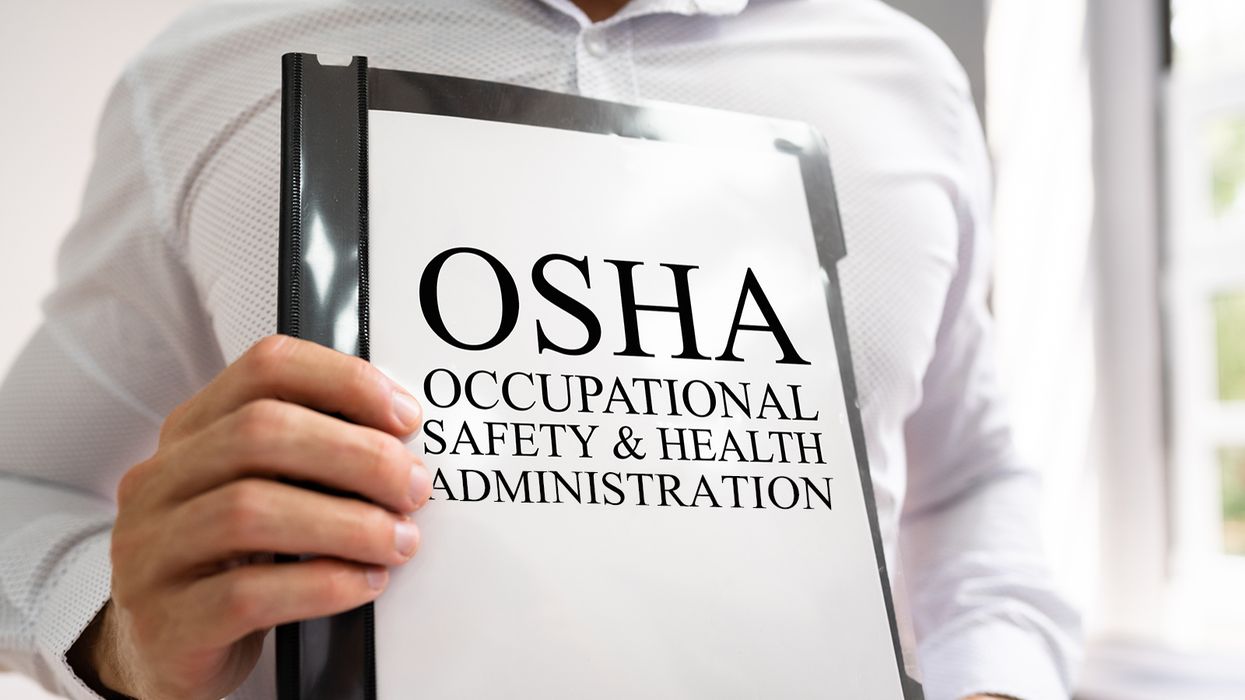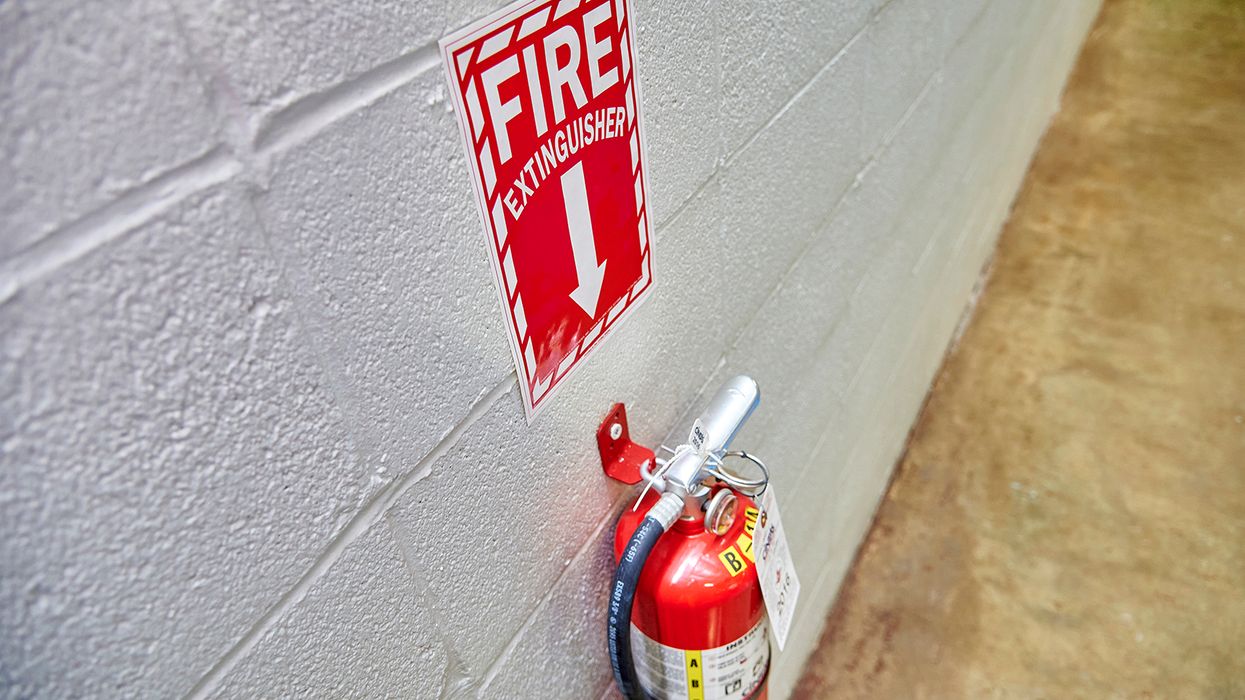Understanding chemical hazard terms
Employers must identify and evaluate respiratory hazards in the workplace, reduce exposure to toxic chemicals where feasible, and provide respiratory protection if other controls cannot reduce exposures to safe levels.
Various exposure limits have been established by a number of organizations.
The following are some common terms you may hear regarding airborne chemical hazards:
- Action level: An airborne level which requires employers to initiate certain required activities such as exposure monitoring and medical surveillance.
- Ceiling Limit: The limit that a worker’s exposure may never exceed.
- Short-Term Exposure Limit (STEL): The average exposure to a contaminant to which a worker may be exposed during a short time period (typically 15 – 30 minutes).
- Time-Weighted Average (TWA): The average exposure to a contaminant over a period of time, typically 8 hours.
Exposure levels
The following explains some different exposure levels.
Permissible Exposure Limits (PELs). The Occupational Safety and Health Administration (OSHA) sets PELs to protect workers from hazardous substances, including airborne concentrations. Most PELs are 8-hour time-weighted averages (TWA), although there are also Ceiling and Peak limits. Note that many chemicals include a skin designation to warn against skin contact.
Approximately 500 PELs have been established. However, many limits are outdated. Also, there are many substances for which OSHA does not have exposure limits. For alternate exposure limits, OSHA advises looking at other lists.
Recommended Exposure Limits (RELs). The National Institute for Occupational Safety and Health (NIOSH) lists RELs as exposure limits for hazardous substances. NIOSH provides recommendations to OSHA for developing standards, but a REL is typically lower than a PEL. The RELs are published in sources such as the NIOSH Pocket Guide to Chemical Hazards.
American Conference of Governmental Industrial Hygienists (ACGIH®). ACGIH® is a private, not-for-profit, nongovernmental corporation. It evaluates two health-based values, although neither is intended to be used as a legal standard.
- Threshold Limit Values (TLVs®) refer to airborne concentrations of chemical substances and represent conditions under which it is believed that nearly all workers may be repeatedly exposed, day after day, over a working lifetime, without adverse effects. The TLV is lower than a REL or PEL.
- Biological Exposure Indices (BEIs®) are guidance values for assessing concentrations of chemicals in body fluids like blood or urine. BEIs® represent the levels that are most likely to be observed in specimens collected from healthy workers who have been exposed to chemicals in the same extent as workers with inhalation exposure at the TLV®.





